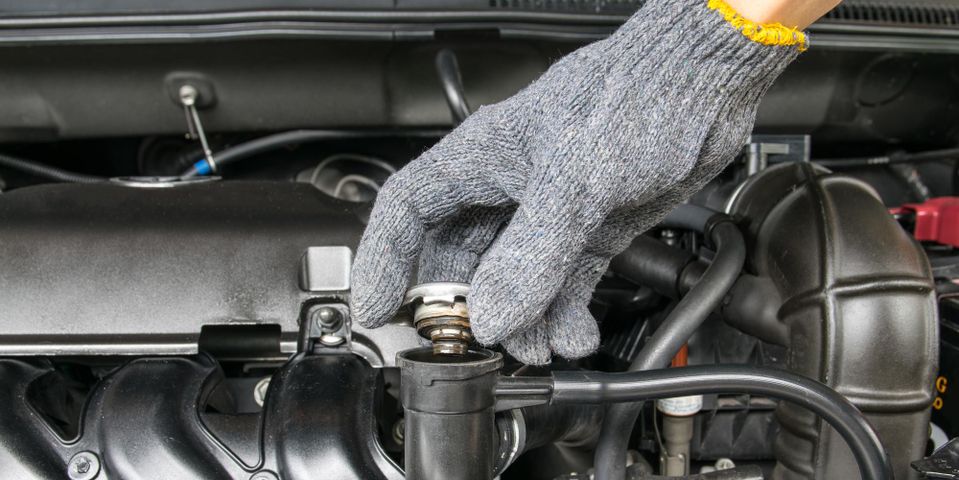3 Signs You Need Auto Repair for a Failing Radiator

As you drive, your engine produces a lot of heat that must be absorbed by coolant and then dissipated in the radiator. If the radiator starts losing coolant or failing, your engine may overheat and leave you stranded. This guide below explains the most common signs of failure so you know whether you need auto repair.
3 Indicators of an Aging Radiator
1. Sludge
To maximize efficiency, your radiator uses the same coolant fluid and passes it back into the engine once the heat has dissipated. If the radiator is malfunctioning, it allows contaminants to enter the fluid, thickening it and turning it a dark brown color. This sludge prevents enough coolant from reaching the engine, leading to the next problem.
2. Leaking
The radiator recirculates coolant through a closed system. If one of the tubes or seals springs a leak, it may lose too much coolant and can’t perform its job. If you notice fluid on the ground where you park, inspect it closely. If it’s a bright yellow, green, or blue, you’re probably dealing with a coolant leak.
3. Overheating
If you notice that your car feels uncomfortably warm, even on a mild day, it could be that the engine is generating more heat than the radiator can deal with. You should also watch the temperature gauge—if it consistently seems higher than usual, your radiator may be underperforming. Overheating can cause permanent or costly damage to your engine, so it’s important to get auto repair right away.
At the first sign of a radiator problem, take your vehicle to Mullanphy Tire & Automotive in Florissant, MO. For more than 29 years, they’ve offered high-quality service at competitive rates. They can handle routine maintenance like oil changes and brake service, as well as fixing AC, plus in-depth engine and auto repair projects. To learn more about their services, visit their website or call (314) 921-4961.
About the Business
(84 reviews)
Have a question? Ask the experts!
Send your question

